Artemis 1: 10 wild facts about the NASA moon mission
The Artemis 1 mission will blast off far into space on a journey meant to test the rocket and spacecraft to their limits.


The Artemis 1 mission is going on an ambitious journey to the moon.
The Space Launch System (SLS) megarocket will send an Orion spacecraft into deep space on a crucial test of all systems to make sure they are ready to carry astronauts.
NASA plans to test everything to its limit to get ready for the Artemis 2 crewed mission around the moon, and the Artemis 3 landing mission. Eventually, the agency hopes its Artemis program will help build up systems for exploring Mars.
Artemis 1 will need to achieve several ambitious objectives to get its objectives completed. Here are some of the wild things that the moon mission aims to accomplish on an uncrewed test.
Related: NASA's Artemis 1 moon mission explained in photos

Elizabeth Howell (Ph.D.) has been covering human spaceflight since 2004. She has attended five International Space Station launches in Florida and Kazakhstan, sharing some of her astronaut experiences in her book "Canadarm and Collaboration." She has also donned a spacesuit and worked on a two-week simulated Mars mission to learn more about astronaut behavior.
Orion is going farther from Earth than any other human vehicle
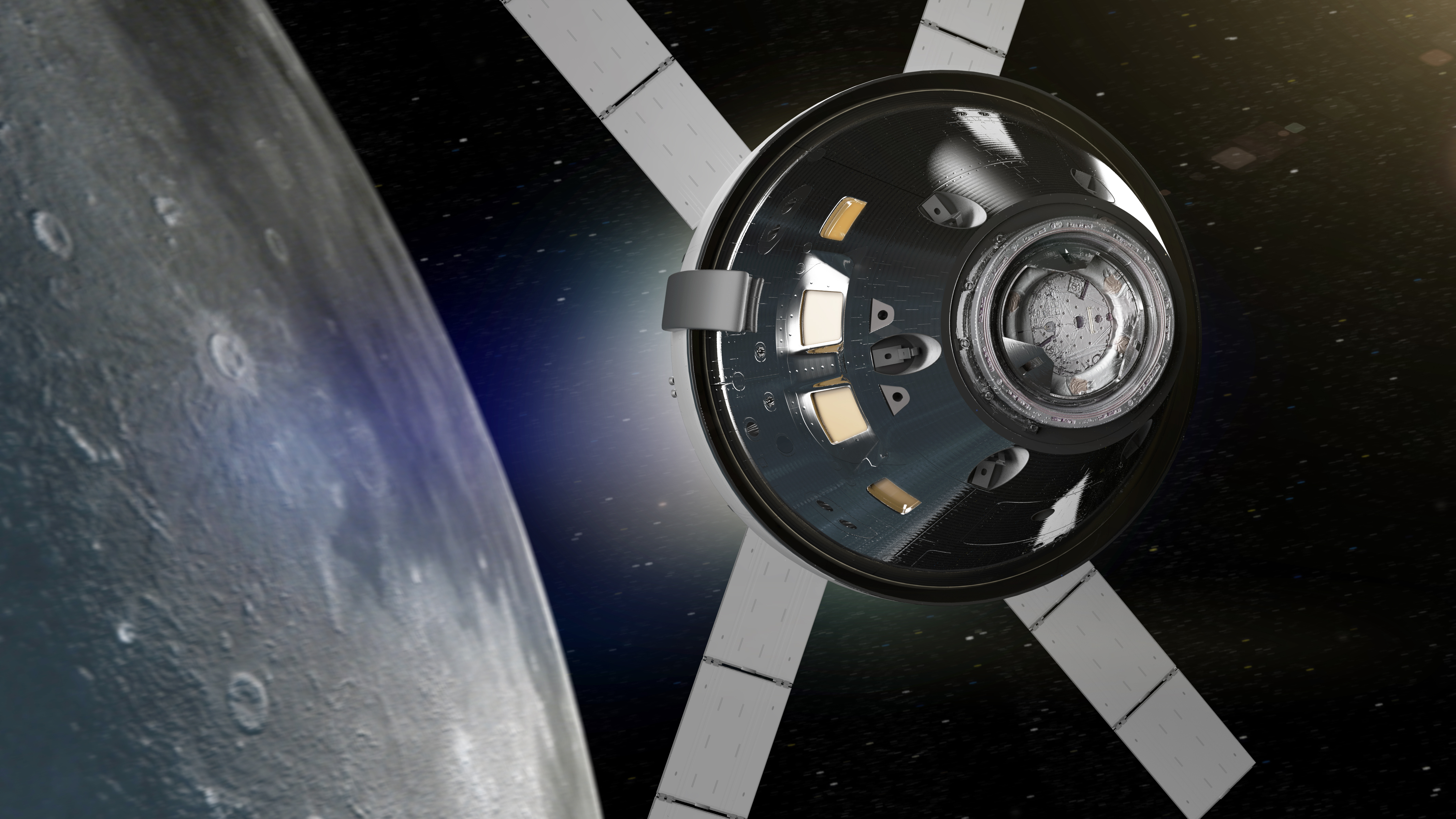
Once Orion gets into space, the SLS Interim Cryogenic Propulsion Stage will give the spacecraft a crucial moon push before Orion flies on its own. The trans-lunar injection will send Orion to a journey 280,000 miles (450,000 kilometers) away from Earth.
Providing all goes well with system checks, Orion will then be tasked with settling into an orbit that will bring it just 62 miles (100 km) above the moon's surface at the path's lowest point. Then Orion will use the moon to move to a deeper spot than any human-rated spacecraft before, journeying about 40,000 miles (64,000 kilometers) from the moon.
Breaking space news, the latest updates on rocket launches, skywatching events and more!
Orion will fly further than the three astronauts of Apollo 13, who flew a slightly modified trajectory around the moon in 1970 and as a result, swung into deeper space than the other Apollo missions. (The astronauts were dealing with a crippled spacecraft and had to fire their engines several times to get back to a path for a safe Earth arrival.)
The spacecraft will fly for more than a month
Depending on when it launches, Orion will be in space for somewhere between 39 and 42 days. For example, launches on Aug. 29 or Sept. 5 would result in a 42-day mission, but a Sept. 2 liftoff would begin a 39-day flight. (The difference is due to orbital dynamics, as the Earth and moon are constantly moving with respect to each other.)
NASA is bringing the spacecraft into space this long to make a point. The agency wants to test its spacecraft to its limit to make sure it is very ready for humans, to the extent where officials said it would be "go" to push to failures that would not be acceptable with a human on board.
"We are trying to buy down risk for crewed flight, so we're willing to take more risk on an uncrewed test flight," NASA's Mike Sarafin, Artemis 1 mission manager, told reporters shortly before the launch window. He said this mindset would give NASA a "lean forward" moment to be ready for humans the next time.
The rocket has never launched before
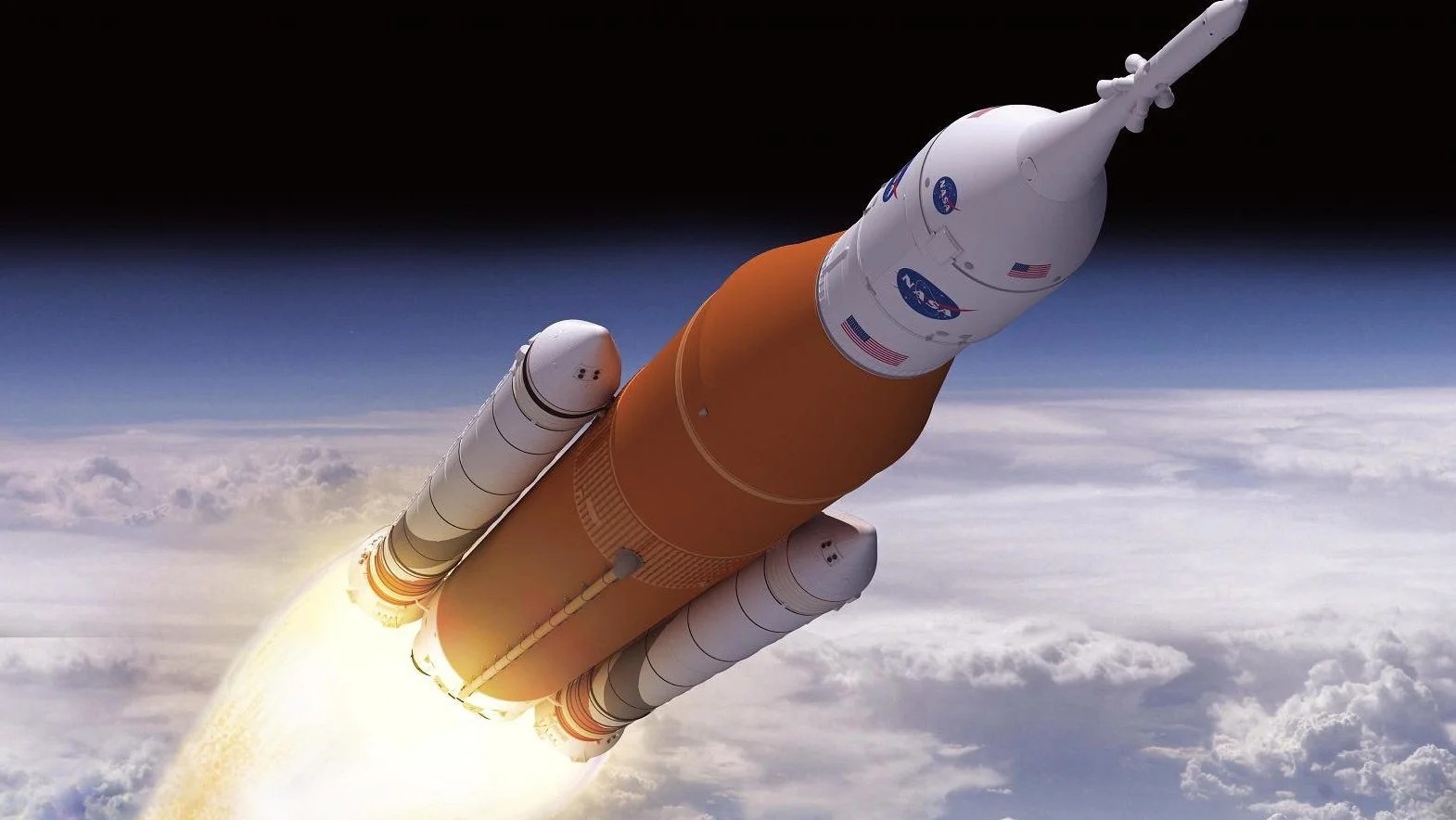
SLS is the most powerful rocket ever built and has never left Earth's gravity before. The core stage is more than 200 feet (61 meters) tall and towers over two boosters; that stage will use 730,000 gallons (2.76 million liters) of supercooled liquid hydrogen and liquid oxygen to power the engines. (Those engines, by the way, came from NASA's space shuttle program that retired in 2011.)
The rocket has been through a series of tests, including a multi-day "wet dress rehearsal" in June 2022 that saw the rocket fueled and brought most of the way through a simulated countdown.
NASA said that despite a hydrogen leak and other technical issues in that test, the rocket did what was needed to get it certified for flight; the rest, officials said they could address in the "hangar" (the Vehicle Assembly Building) ahead of launch.
Alexa will be on board
Amazon's Alexa is one of the passengers on board the Orion spacecraft. The virtual assistant is famous on Earth for its ability to control a variety of personal devices, ranging from phones to speakers to Internet of Things devices. On Artemis 1, it will assist with the moon mission in a technology demonstration called Callisto.
Callisto, which also features Cisco's Webex video conferencing software, will demonstrate artificial intelligence, voice technology and a tablet-based video demonstration in consultation with Orion manufacturer Lockheed Martin.
"Callisto will demonstrate a first-of-its-kind technology that could be used in the future to enable astronauts to be more self-reliant as they explore deep space," Lisa Callahan, vice president and general manager of commercial civil space for Lockheed Martin, said in a statement when the tech was first discussed in January 2022.
The first solar-powered human spacecraft will fly to the moon
While humans have used solar power in space before, it has been in the cozy confines of Earth orbit using the International Space Station. (The Apollo moon astronauts, working in the 1960s and 1970s, used fuel cells as their primary power source).
Orion will change this dynamic by using solar power close to the moon. A service module, provided by the European Space Agency (ESA), has a mandate to provide oxygen, water and power to the Orion spacecraft. All of this will be provided by electricity converted from any energy that three solar arrays collect from our sun.
How much power? It's fairly substantial. "Each of the four wings are made of three panels that provide enough electricity to power two typical European households, providing 120 volts for the computers, experiments and other hardware," ESA says of the power supply.
Snoopy is on board
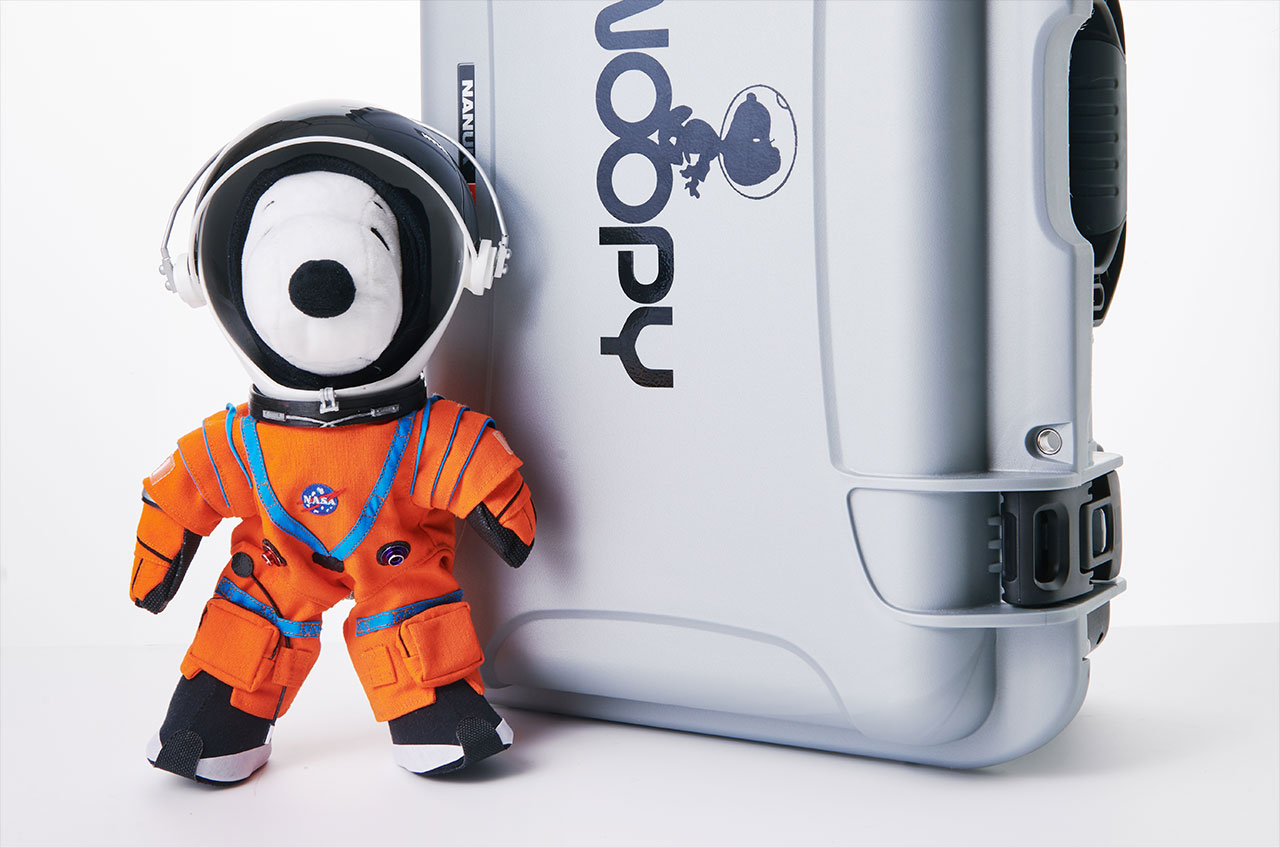
Artemis 1 will continue a long-standing tradition of NASA to feature "Peanuts" comic strip characters on board. The lovable Beagle Snoopy will feature as a cuddly toy, used as the "zero gravity indicator" aboard Orion. For moon missions, Snoopy is best remembered as the name of the lunar module that Apollo 10 used for landing practice.
On Orion, Snoopy will be dressed in a similar orange NASA jumpsuit as the future Artemis astronauts, according to the agency. Silver Snoopy pins, an award given to high-performing NASA employees for generations, will also be on board. Then there is also a tribute to "Peanuts" creator Charles M. Schulz (who died in 2000 at age 77; his last original strip was published the next day.)
"A pen nib from Charles M. Schulz’s 'Peanuts' studio will make the trek on Artemis I, wrapped in a space themed comic strip as part of a collection of mementos selected by NASA to fly aboard the Orion spacecraft," NASA said, in a lengthy statement exploring all of the relations between the agency and "Peanuts" over the years.
Millions of space fans will blast their names to deep space
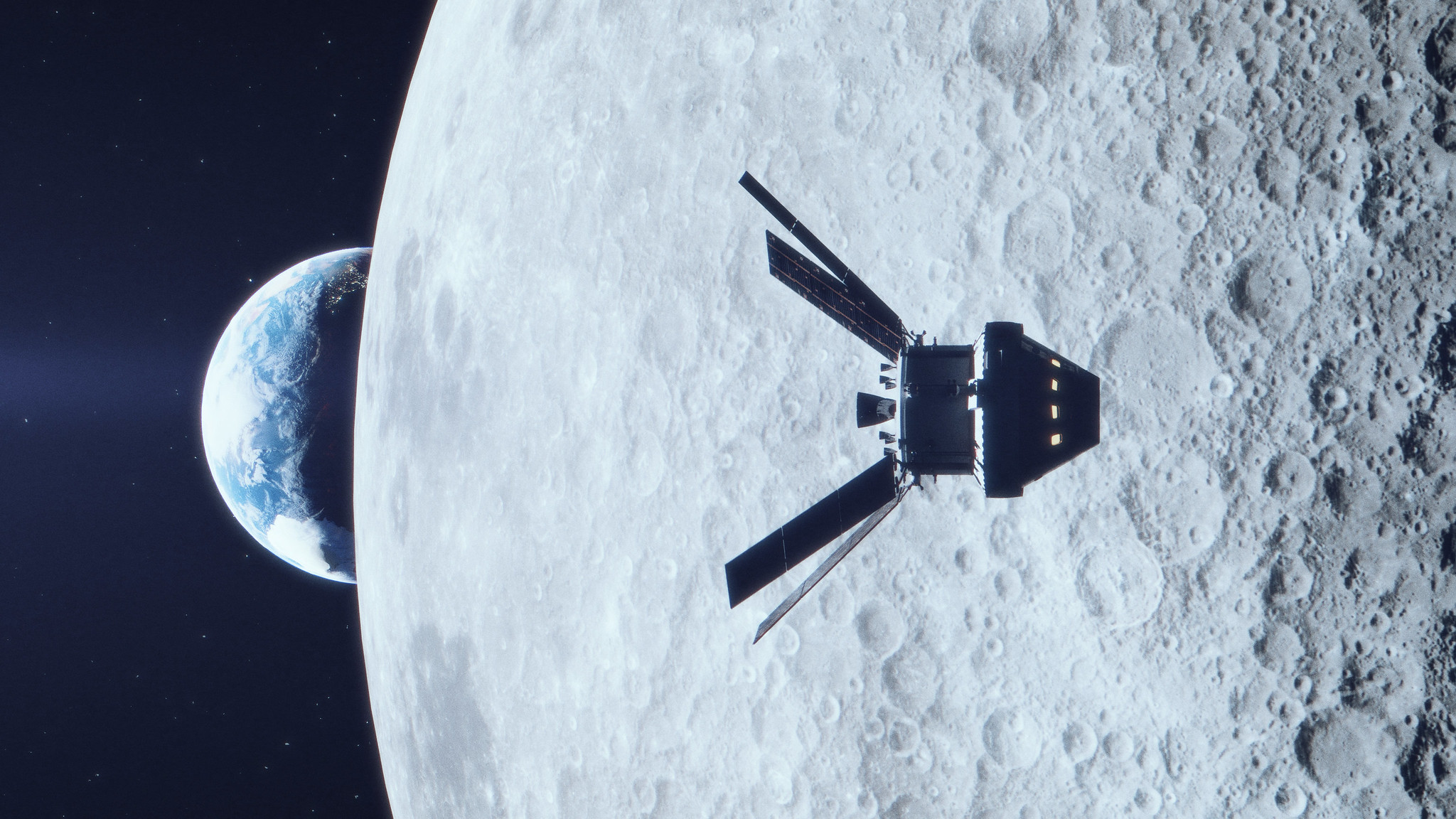
In another long-standing space tradition, NASA invited space fans to put their names onboard the Orion spacecraft. The names were submitted through an agency website and allowed ordinary folks to submit entries that were later loaded onto a flash drive stored on board the vessel.
All of those submissions, numbering nearly 3.4 million, were enhanced by a set of 30,000 people who are credited with making Orion's mission possible. Those names were put onto engraved microchips "to express gratitude to the dedicated employees who have contributed their time and effort to the flight," NASA said.
The main categories of contributors included representatives from NASA, ESA, industry and suppliers, ranging from mission operations to various flight programs, according to the agency.
10 cubesats will collect extra science
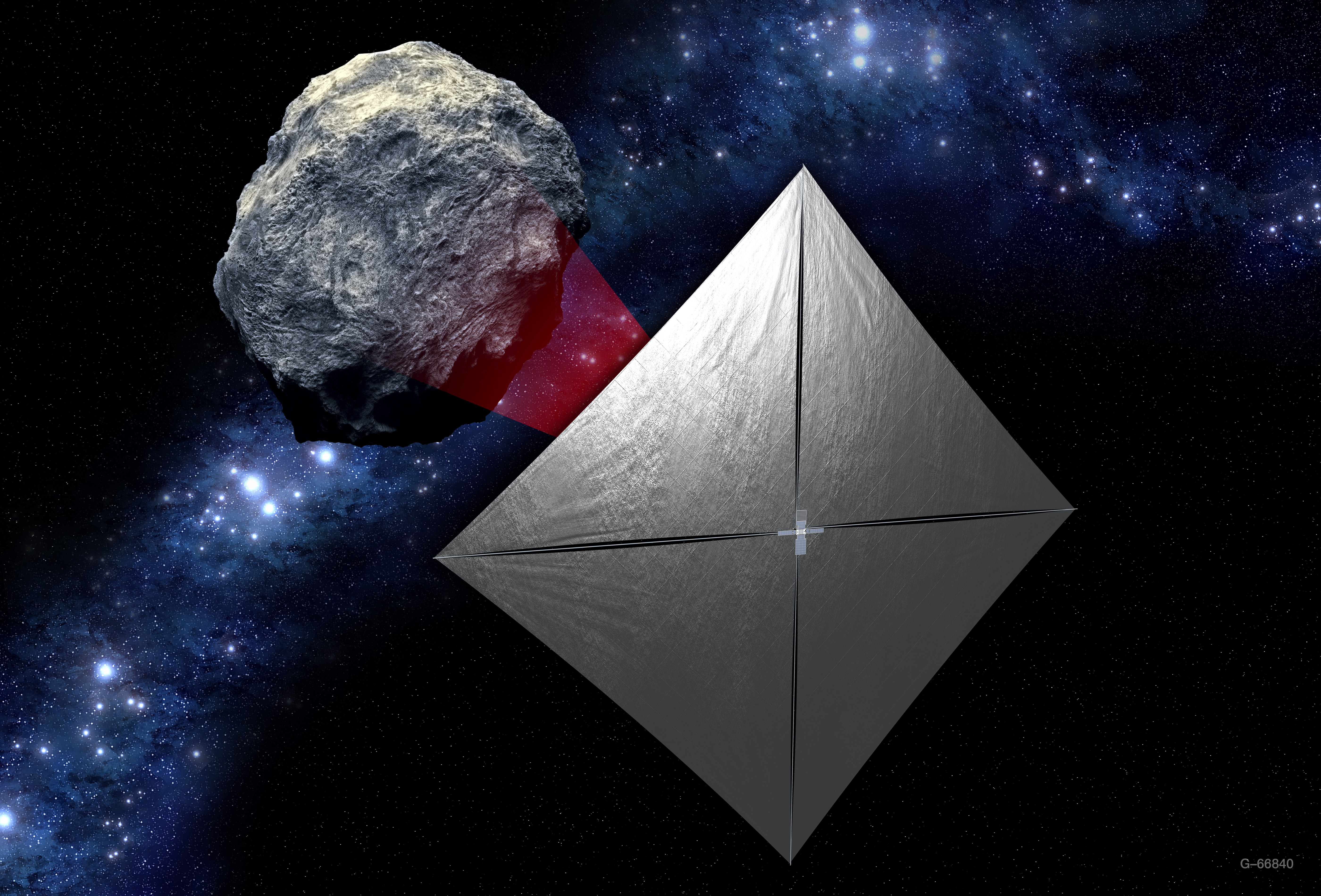
Artemis 1 will also carry a set of 10 cubesats that will deploy on various missions, studying the sun, the moon and even near-Earth asteroids. (Cubesats are relatively small types of spacecraft that are starting to move out into the solar system after decades of service at Earth for observation, telecommunications and other purposes.)
Most of the little spacecraft will be dedicated to lunar exploration, but a couple have different missions. A very distinctive one is NEA Scout, which will instead spend two years on a journey to a target asteroid. Powered by a solar sail , the mission will examine an asteroid up close. (The target will be finalized after the launch date.)
When the spacecraft reaches a distance of between roughly 62 miles to 75 miles (100 to 120 km) from the asteroid, a camera called NEACam will capture images in glorious 20 megapixel resolution for sending back to Earth.
3 mannequins will assess radiation

While no people will be on board Orion, the spacecraft will host three simulated humans: mannequins, supplied by Europe and by NASA.
The Matroshka AstroRad Radiation Experiment (MARE) science team, which also includes investigators from DLR (the German space agency), loaded two mannequin torsos (or phantoms) into the spacecraft. Nicknamed Helga and Zohar, each will fly with 5,600 sensors to measure radiation, and Zohar will wear an AstroRad radiation protection vest to see how much of a difference that makes.
The third "crew member" is a "moonikin" named after Apollo 13 engineer Arturo Campos. The moonkin includes sensors for acceleration, vibration and radiation to assess the stresses of space on a human being during launch, spaceflight and landing.
The mission will end with a super-speedy splashdown
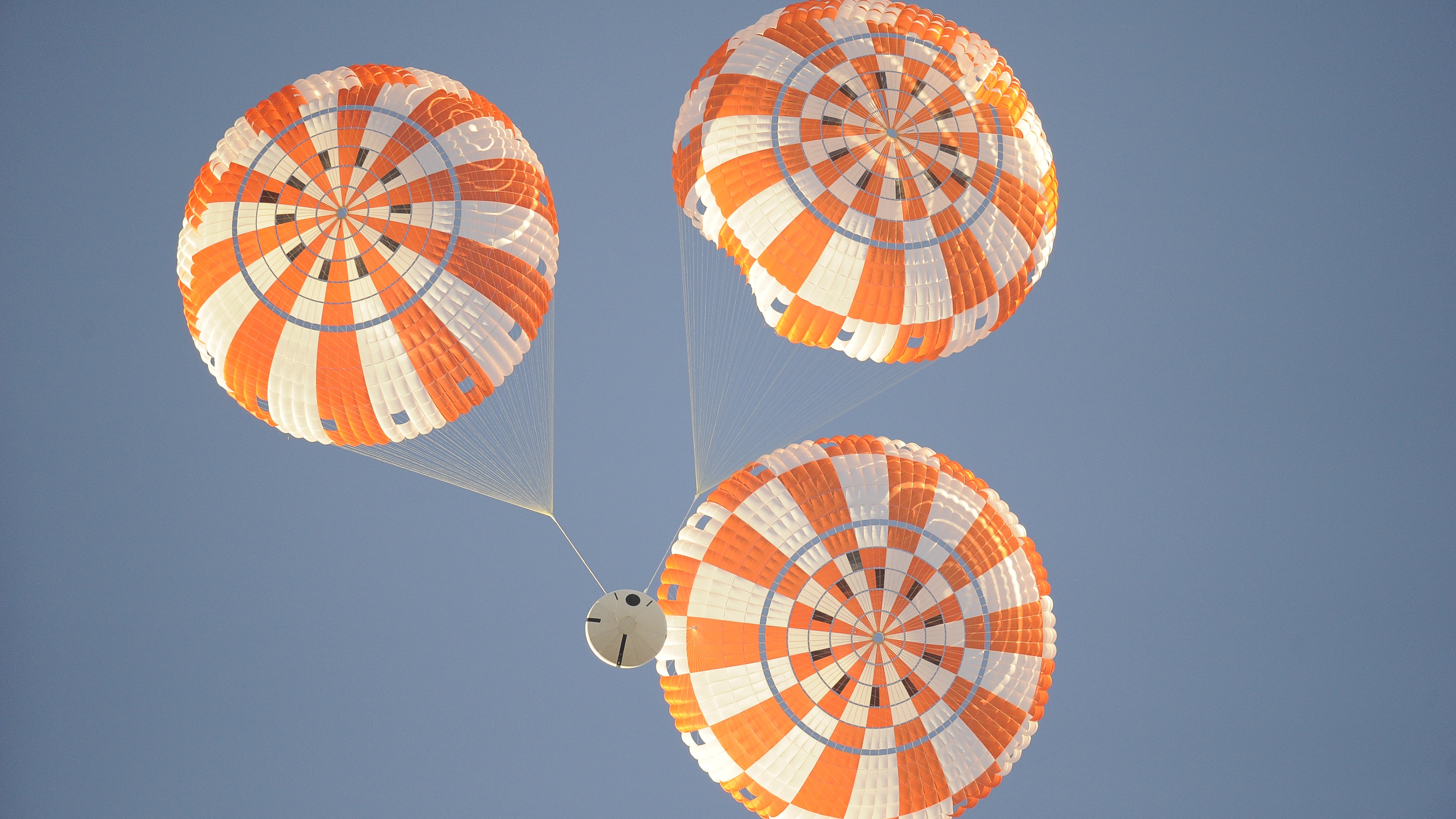
Orion's wild mission will end with an equally wild re-entry. The spacecraft will first need to get rid of its service module as it draws near Earth, to run off of batteries during the re-entry and splashdown phase. Coming back to Earth starts at about 400,000 feet (122,000 meters) and will be very fast, compared with typical missions in low Earth orbit.
The spacecraft will crash into our atmosphere at roughly 24,500 mph (39,500 km/h), producing deceleration forces of up to nine times the force of gravity (a typical ISS re-entry might generate three, by comparison.) Temperatures on the spacecraft exterior will get as high as 5,000 degrees Fahrenheit (2,800 degrees Celsius.)
Orion will cruise through the sound barrier over the Pacific Ocean, giving teams an indication that it's almost ready for splashdown. It will deploy a protective thermal cover, then pop out drogues and parachutes to slow down. By the time it splashes down, it should have achieved a speed of 0 from a previous one of 32 times the speed of sound (Mach 32).
Additional Resources
The Space Launch System (SLS) is the most powerful rocket ever made by humanity, and is worth a closer look to learn more about how it works.
You can also do a deep dive on the Orion spacecraft to learn more about how it works and the missions it will perform for the Artemis program.
The Artemis 1 mission will launch 10 revolutionary cubesats into space. Though small in size, don't underestimate the big implications these tiny cubesats could have for science.
Bibliography
European Space Agency. (2019, Jan. 25). "Radiation for Dummies." https://www.esa.int/Science_Exploration/Human_and_Robotic_Exploration/Orion/Radiation_for_dummies
European Space Agency. (Last updated 2022, Aug. 19). "Orion." https://www.esa.int/Science_Exploration/Human_and_Robotic_Exploration/Orion
Garcia, Mark. (2022, May 23). "Orion Spacecraft." NASA. https://www.nasa.gov/exploration/systems/orion/index.html
Mahoney, Erin. (2021, July 16). "Advanced Exploration Systems: NEA Scout." NASA. https://www.nasa.gov/content/nea-scout
Mohon, Lee. (2022, Aug. 25). "Space Launch System." NASA. https://www.nasa.gov/exploration/systems/sls/index.html
Lockheed Martin. (2022.) "Meet Callisto." https://www.lockheedmartin.com/en-us/capabilities/space/callisto.html
NASA. (n.d.) Artemis 1 Press Kit. https://www.nasa.gov/specials/artemis-i-press-kit/
NASA. (n.d.) "Send Your Name With Artemis." https://www.nasa.gov/send-your-name-with-artemis/
NASA. (2021, June 29). "Public Names 'Moonikin' Flying Around Moon on NASA’s Artemis I Mission." https://www.nasa.gov/press-release/public-names-moonikin-flying-around-moon-on-nasa-s-artemis-i-mission
NASA. (2021, Nov. 12). "Snoopy to Fly on NASA's Artemis I Moon Mission." https://www.nasa.gov/feature/snoopy-to-fly-on-nasas-artemis-i-moon-mission
NASA. (2022, July 13). "Orion to Fly Thousands of Names of Artemis I Team Members to the Moon." https://www.nasa.gov/feature/orion-to-fly-thousands-of-names-of-artemis-i-team-members-to-the-moon

Elizabeth Howell (she/her), Ph.D., was a staff writer in the spaceflight channel between 2022 and 2024 specializing in Canadian space news. She was contributing writer for Space.com for 10 years from 2012 to 2024. Elizabeth's reporting includes multiple exclusives with the White House, leading world coverage about a lost-and-found space tomato on the International Space Station, witnessing five human spaceflight launches on two continents, flying parabolic, working inside a spacesuit, and participating in a simulated Mars mission. Her latest book, "Why Am I Taller?" (ECW Press, 2022) is co-written with astronaut Dave Williams.



